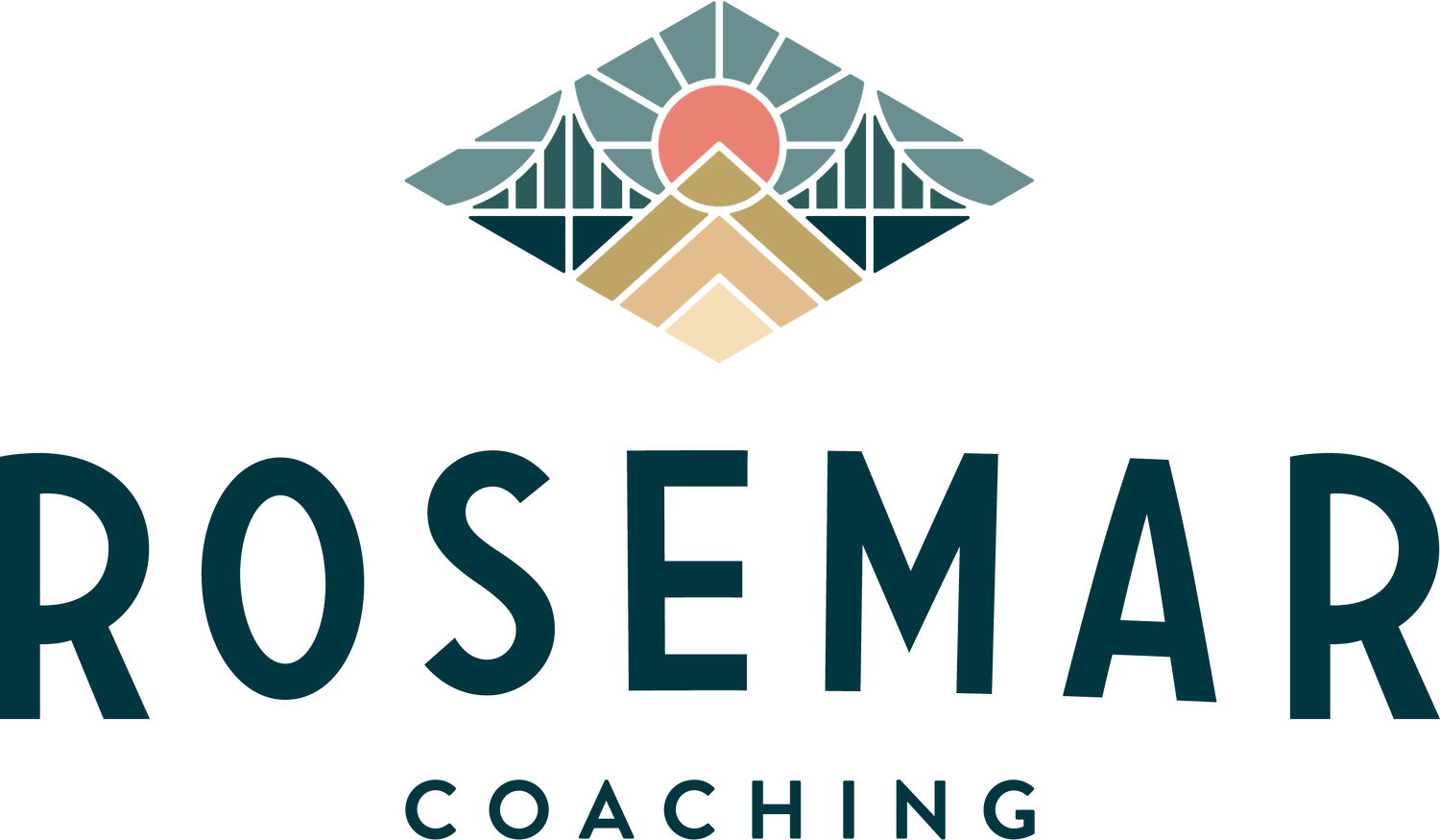With Joy
"With Joy!” my yoga teacher, Annie Carpenter, blurts this out frequently in class when she gets us into a difficult pose or position.
I’ve been thinking a lot these days about what Joy actually means. How is it supposed to feel? Is joy even a feeling? Or is it a state of being? “Joy” has become such a buzzword, like mindfulness or self-care. So, before we start throwing the word at every self-help turn, maybe our first step is knowing what it is.
First, let’s talk about what Joy is not:
Happiness
Happiness is defined by Merriam-Webster as “a pleasurable or satisfying experience.” When I think of happiness, I feel it's more of a temporary state of being. I never quite understood why we wish people “a lifetime of happiness” at weddings. In my experience, happiness comes and goes like all the other feelings.
Playful
“Giving or expressing pleasure or amusement”. That definition also seems temporary to me. Pleasure can come and go and usually happens in the body, like when you are connected to a romantic partner or after a long run. Amusement feels like a brief moment of being entertained or made to laugh.
Joy Comes after Darkness
While joy can be happy, playful, amusing, and pleasure-filled, it feels more complicated. I’m fairly certain joy is felt only after you experience the exact opposite emotion.
When we go through something harrowing and come out on the other side, we can experience joy.
When we live a life that feels authentic to who we are, joy can become more of a constant state of being than a temporary and fleeting moment.
I believe the light of joy can only be genuinely felt once we have felt the darkness of sorrow, pain, heartbreak, abandonment, and fear.
I’ve been taking inventory of my own life experiences, and here are a few moments where I unequivocally felt joy:
Children: Kissing the top of my kids' head when I put them to bed at night
Coaching: Partnering with a client through a difficult period and having the honor of witnessing them emerge on the other side.
Playing the Piano: Feeling the world melt away as the melody comes together.
Conflict: Getting to the other side of an argument with my children or partner only to discover more understanding and compassion.
Art: Hearing Andrea Gibson’s poetry and finding more beauty in myself and the world.
Connection: Talking with my chosen sister/best friend every day. Going on a run with my cousin when we realized the power of our shared experience. Having a heartfelt conversation with a New York City cab driver. Dancing to Bob Marley while hiking with my child.
When I look at what unites these moments, it is intimately woven into what happened before:
Children: Loosing a baby half way through my pregnancy and then being able to carry two healthy children.
Coaching: Making every excuse for 15 years on why being a therapist or a coach wasn’t an option for me, only to dig in and make my impossible dream possible at 44 years old.
Playing the Paino: Struggling for weeks/months on one song and having it finally come together.
Conflict: The actual argument.
Art: Seeing my pain in beauty by listening to words and seeing art.
Connection: Feeling alone and like the black sheep for much of my life.
In my opinion, Joy is what arises from the darkness. Joy is the perspective on the other side of hard. Joy is the sunshine after the most disastrous storm.
What does Joy mean to you?

